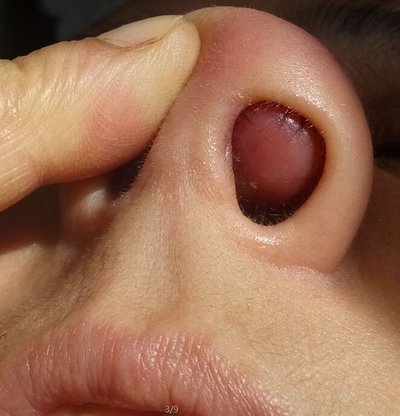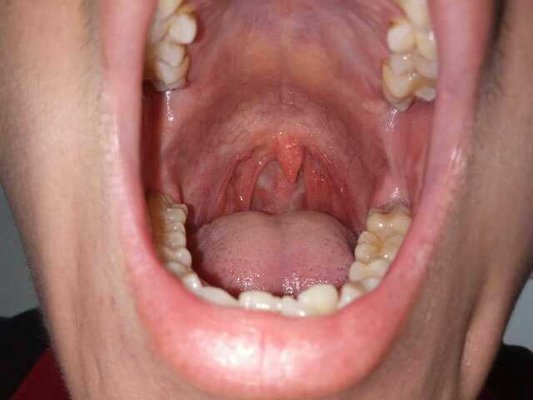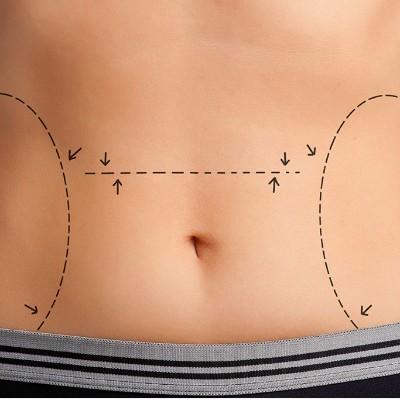How does optic nerve papillary oedema check
summary
From a medical point of view to talk about optic nerve papilla edema, the majority of patients may not be very clear, optic nerve papilla is no primary inflammation of passive congestion, so we check how to understand the situation of optic nerve papilla edema. Now let's take a look at the examination of optic nerve papilledema.
How does optic nerve papillary oedema check
First, the characteristics of the disease are monocular or binocular. The boundary of the optic papilla is fuzzy, the color is red, and gradually aggravates, the capillaries dilate and proliferate, the optic papilla is mushroom like protrusion, often more than 3D, and the physiological depression disappears. There are some serious systemic diseases, but also because of brain edema and other reasons caused by increased intracranial pressure.
Second: there are often bleeding and exudates on the surface and edge of the optic papilla. The retinal vein is filled, dilated and tortuous. The edema may invade the nearby retina and macula. After the edema subsides, the color of the optic papilla gradually turns gray, with irregular edges and white lines along the blood vessels.
Third: the most common reason is the increase of intracranial pressure, such as intracranial space occupying lesions, increased or blocked cerebrospinal fluid flow during inflammation, too small volume of cranial cavity, etc. It should be distinguished from optic papillitis, ischemic optic neuropathy, central retinal vein embolism, etc.
matters needing attention
On the optic nerve papilla edema should check the cause of edema, according to the cause of further treatment, alleviate the condition, to reduce the pain and comfort of patients. Only in this way can the disease be controlled and better recovered.
















